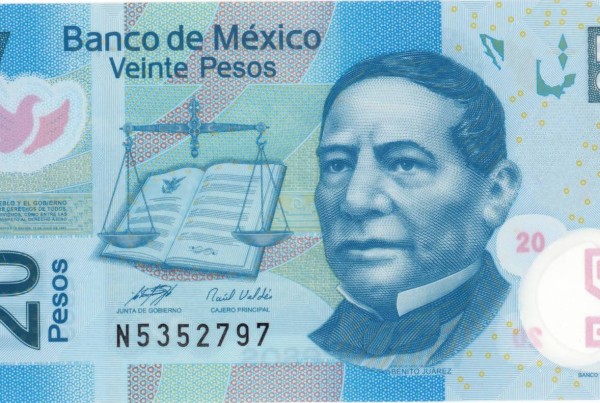From KUT:
Since early voting started last week, there’s been some confusion about the Texas voter ID law.
This summer, a court ordered the state to change the law and then spend $2.5 million educating voters about those changes. But, voting rights groups say that last part hasn’t gone so well, and some experts say the language used to communicate those changes could be part of the problem.
If look you up Texas’ voter ID rules online, the first link you’ll probably be directed to is the state’s webpage on this. At the top there’s this paragraph about the voter ID law:
On August 10, 2016, a federal district court entered an order changing the voter identification requirements for all elections held in Texas … voters who possess an acceptable form of photo identification for voting listed below are still required to present it in order to vote in person in all Texas elections…Voters who do not possess an acceptable form of photo identification and cannot obtain one of the forms of acceptable photo identification listed below due to a reasonable impediment, may present a supporting form of identification and execute a Reasonable Impediment Declaration, noting the voter’s reasonable impediment to obtaining an acceptable form of photo identification, and stating that the voter is the same person on the presented supporting form of identification.
This is the kind of complex, legalese that is peppered through voter ID education materials, including Texas-issued posters hanging in polling places.
If you run that exact paragraph through a readability test, it turns out it’s written at a 20th-grade reading level, based on the Flesch-Kincaid grade-level readability metric. So, for a lot of people, it’s hard to follow.
















